Researchers have found that a deadly flesh-eating bacteria is spreading along the northeastern coast of the United States due to global warming.
When a person comes into contact with seawater through a cut or insect bite, the bacteria Vibrio vulnificus can infect them. The bacteria grows in warm, shallow coastal waters. The bacteria can be found all the way up to Philadelphia, and as the ocean waters warm, they are spreading even farther north. According to the investigators, infections could spread to the waters surrounding New York between 2041 and 2060.
“More northern states along the U.S. East Coast are expected to experience wound infections caused by Vibrio vulnificus as a result of climate change. The number of cases of these dangerous and sometimes lethal infections will rise, according to lead researcher Elizabeth Archer, a postgraduate student at the University of East Anglia in Norwich, England’s School of Environmental Sciences. According to her, health care providers and individuals who engage in coastal activities should be more aware of the risk of contracting V. vulnificus infections.
Also read-Respiratory Disease : A Patient’s Guide To Respiratory Disease And Its Symptoms
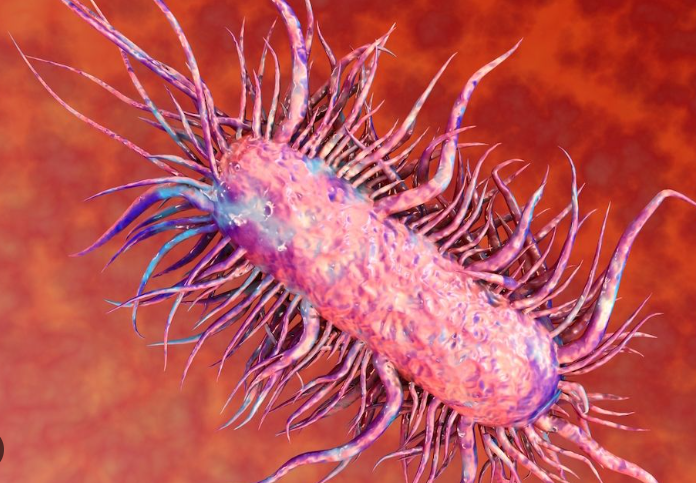
Vibrio Vulnificus of bacteria
“This is especially the case in Northeastern states, where infections are currently rare or do not occur,” Archer said. “It is very important that any suspected Vibrio vulnificus infections receive medical attention quickly, as cases can become severe very quickly. Although the number of cases in the U.S. is small, someone infected with Vibrio vulnificus has a one-in-five chance of dying.” Many people who survive a V. vulnificus infection do so at the cost of an arm or leg, which often has to be amputated.
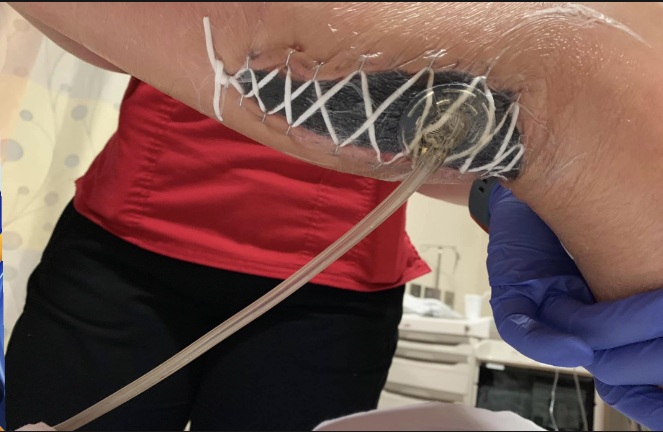
V. vulnificus infection
Based on models of global warming, Archer’s team predicted that V. vulnificus infections will spread northward, but how far north depends on the degree of warming, she said. If greenhouse emissions are low, then cases may extend only as far as Connecticut. If they are high, infections could spread to every East Coast state, Archer said. By the end of this century, around 140 to 200 infections may occur each year, she noted. The number of infections caused by V. vulnificus bacteria along the East Coast has already increased—from 10 per year to 80 per year between 1988 and 2018, Archer said.
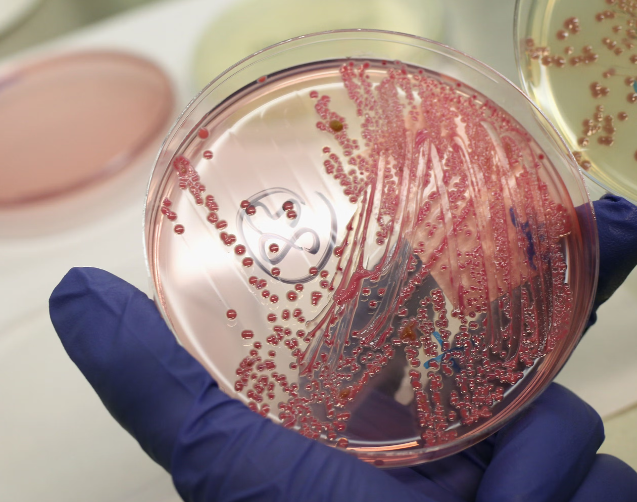
Cause
“During this time, infections were reported further north along the coastline each year,” she explained. “Cases were uncommon north of Georgia in the late 1980s, but they are now found as far north as Philadelphia. Our models suggest that as the climate continues to warm, this eastward migration along the East Coast will continue. The number of wound infections caused by Vibrio vulnificus could double by the middle of this century.” The results were released in the journal Scientific Reports online on March 23.

Spread
Rising water levels are contributing to the spread of V. vulnificus in addition to rising water temperatures, according to Geoffrey Scott, a researcher not affiliated with the study. Scott is the director of the NIEHS (National Institute of Environmental Health Sciences) Center for Oceans and Human Health and Climate Change Interactions at the University of South Carolina in Columbia, as well as the chair of the department of environmental health sciences. “Increased sea levels with climate change are pushing saltwater farther into their freshwater areas so there’s a 230% increase in optimum growth conditions for Vibrio bacteria, which means they’re going to be more available to cause illness,” he said.
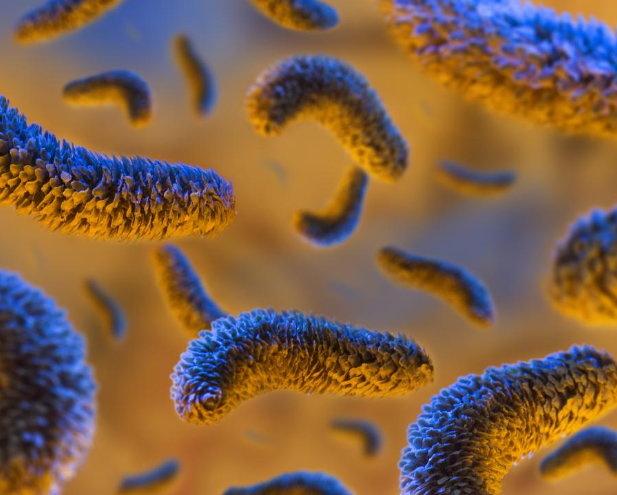
Reports
Estimated infection rates are already rising, Scott said, but most cases are asymptomatic so people don’t even know they were infected. The U.S. Centers for Disease Control and Prevention acknowledge that infections are underreported, Scott said. In 2004, the CDC estimated there were 8,000 cases; by 2019, that estimate was 80,000. Not only is V. vulnificus becoming more prevalent, but it’s becoming more virulent as waters become polluted with nutrients, Scott said. According to Scott, those most at risk for infection are overweight people who are suffering from fatty liver disease. “If you have underlying liver damage, you are much more susceptible to a Vibrio infection,” he warned.
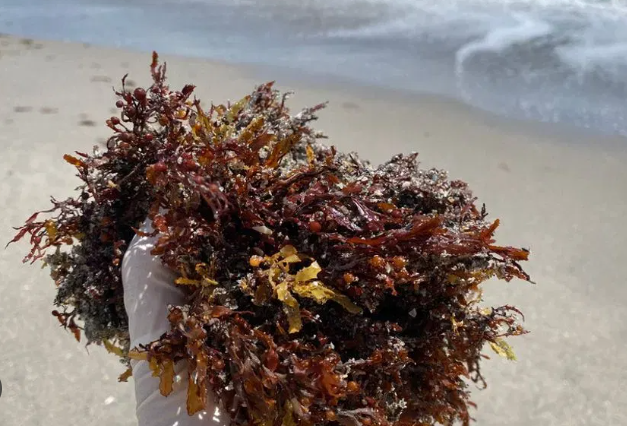
Result
Moreover, most of the serious infections are among white men. “Most of the illnesses had been associated with consuming raw shellfish,” Scott noted. To stay safe, Scott advises people over 60 to get tested to see if they have liver damage. He also warns against eating shellfish from waters where Vibrio levels are high. As for swimming, if you swim in an ocean where salt levels are high, there is little danger of infection, he said. But inlets, bays, and sounds, which have lower levels of salt, can be breeding grounds for Vibrio, and those at risk for infection should avoid swimming there. V. vulnificus is a saltwater bacteria, so lakes and pools are safe, Scott added. “We are trying to develop forecasts that warn the public about Vibrio,” he said. “Climate change is such a big global issue, we’re not going to solve it in any one country. What we can do to protect public health is to prevent exposure.”
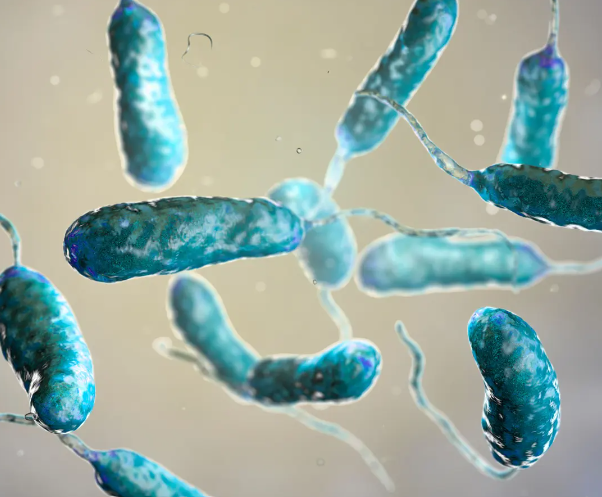
Also read-Tuberculosis : A Patient’s Guide To Tuberculosis And Its Symptoms
images source: Google
Disclaimer: The opinions and suggestions expressed in this article are solely those of the individual analysts. These are not the opinions of HNN. For more, please consult with your doctor




































